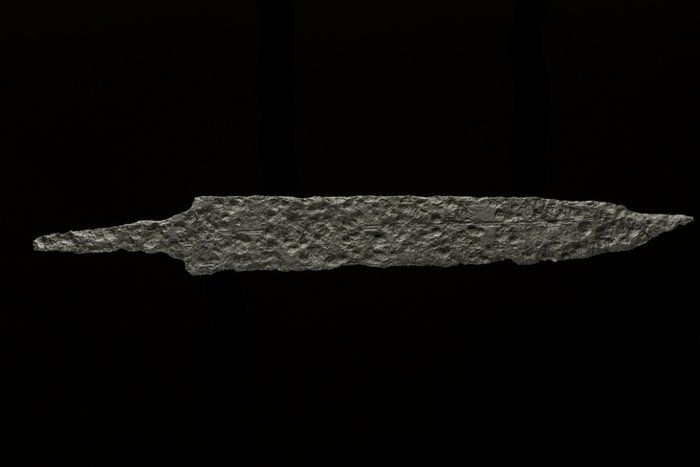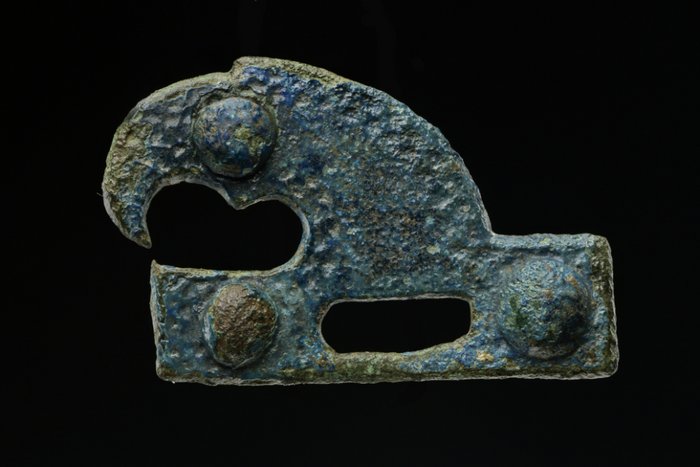Clash of Cultures
Franks and Saxons
Two successive Frankish royal dynasties shaped the politics and culture of central Europe and especially also Middle Germany from the 6th to the 10th century: The Merovingians (AD 464 to 751), who extended the Frankish Empire to the Elbe and Saale rivers, and the Carolingians (AD 751 to 911), who laid the foundations for the Roman-German Empire.
The Merovingian kings exercised their sovereignty rather loosely over the Thuringian territory, which was initially occupied as far as the Unstrut and Helme rivers. They concentrated on the administrative and military occupation of old and new central places (for example Bilzingsleben, Sondershausen) as well as freshly established fortified control places (for example Hasenburg near Haynrode).
In the 7th to 8th centuries, a managed internal colonisation was intended to stabilise the rule: New land for locals, settlement of Frankish soldier peasants. In 623 or 629, King Dagobert I staged a royal tour to lay claim to the monarchy here in the eastern part of the Frankish Empire. Around 635, Radulf, who probably came from Thuringian nobility, was appointed duke to secure the borders against Avars and Slavs, but he soon declared himself king in his own right and in 641 even defeated an army of his West Frankish opponents.
The characteristic weapon for the lower ranks of the Frankish troops in the conquered Thuringian territory was the stocky single-edged cutting sword, the seax. The name (Old High German Sahs) means knife or sword. This weapon went through different proportions in size over time and was widespread in many parts of the Germanic world, but rarely among the Thuringians. Material analyses reveal the high steel quality of the seaxes. The absence of a cross-guard shows that these 'long knives' were less intended for duel-like fencing. However, the robust blades - which could also be used for powerful thrusting - were eminently suited for the thick of battle. Perhaps the tribal name of the Saxons refers to this highly effective weapon.
The Carolingians first served the Merovingian kings as imperial administrators (majordomus) and took over the rule of the Frankish Empire in 751. Their rigorous expansionist policy, in the course of which Charlemagne defeated the Saxons in protracted battles (772 to 804), extended the empire in the north-east to the North Sea and the Elbe. The conquests were followed by the often brutal missionising.
The regions west of the Elbe and Saale rivers now belonged to the newly established part of the empire Eastphalia and were closely integrated into the now streamlined state structure, for example divided into the first counties and ecclesiastical districts (Halberstadt diocese, Drübeck and Hornburg monasteries).
Within a hundred years of their forcible incorporation into the Frankish Empire, the Saxons formed themselves into a tribal dukedom and in the end succeeded to the throne of their former adversary. Internal and external conflicts and dynastic strife had weakened Frankish dominance too much. At the same time, large parts of the Saxon upper class had long been integrated into the Frankish administrative apparatus. With the acceptance of the other dukes, the Saxon duke Henry was ultimately elevated to king of the East Frankish Empire in 919.

